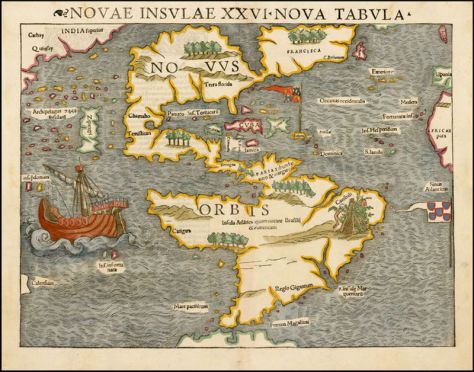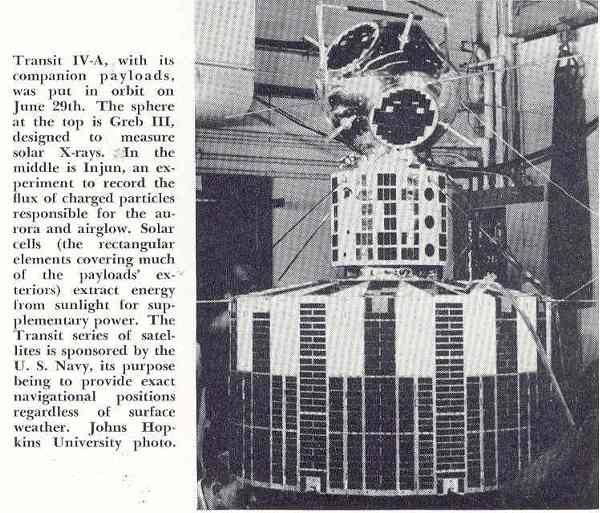
by Gideon Marcus
January has been a frustrating month in the Space Race. We are no closer to matching the Soviets in the manned competition, much less beating them, and our unmanned shots have been a disappointment, too. That said, it's not all bad news in January's round-up: stick to it through the end, and you'll see cause for cheer!
Quintuplets fail to deliver
The Air Force has been playing around with combined launches for a while now. After all, if you're going to spend millions of dollars to throw a booster away, you might as well get multiple bangs for your buck. Sadly, the latest attempt, a Thor Ablestar launch on January 24 dubbed "Composite 1," failed when the top stage tumbled in orbit and failed to separate from its payloads.
What we lost: SolRad 4, for measuring solar X-rays (only visible above the curtain of the atmosphere); Lofti 2, which would have examined the effects of Earth's ionosphere on Very Low Frequency radio transmissions; Surcal, a strictly military probe designed to calibrate the navy's communications net in orbit; the wholly civilian Injun 2, which would help map the Van Allen belts (see below); and Secor, a big balloon that would have helped the Army with their ranging equipment.
Copies of these probes will end up at some point, either launched together on a big rocket or separately on little ones.

Moon Miss-ion
It's been a bad run of luck for NASA's latest moon program, Project Ranger. After the failure of the first two Ranger missions, designed to test the probe's engineering and return sky science, there were high hopes for the lunar flight, launched January 26.
Things went badly from the beginning. Ranger 3 was pushed into a bad trajectory by a faulty guidance system. Not only did it rush past the moon, failing both to hit the target or end up in orbit, but it was pointed the wrong way the entire length of the journey. No useful data or pictures were obtained. That nifty seismometer that makes up Ranger's Rudolph nose went completely unused.
Ranger 4, a carbon copy of #3, should launch in the next few months. Hopefully, they'll have the kinks worked out by then. This is one of those clear places where the Communists are ahead in the space race, having pioneered both lunar orbit and the moon's surface several years ago.
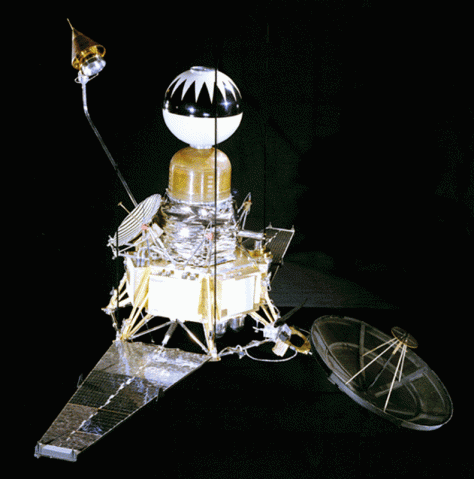
A rain check for Mercury
The third time turned out also not to be the charm for Major John Glenn. His orbital Mercury mission has now been postponed three times. It's a good thing the Marine is so good-natured; I know I'd be frustrated.
The first delay happened on January 22 when there was a failure in the spacecraft's oxygen system. Definitely something I'd like working on a five hour flight! On the 27th, cloud cover prevented the launch, and just today, there was a problem with the temperamental Atlas booster. The next opportunity to launch won't come until February 13.
So much is riding on this flight. The Soviets have already launched two of theirs into orbit while we flutter futilely on the ground. Newspapers and talking heads are already opining that we'll have a Red-staffed space station and a Red-dominated moon before long if we don't hurry to catch up.
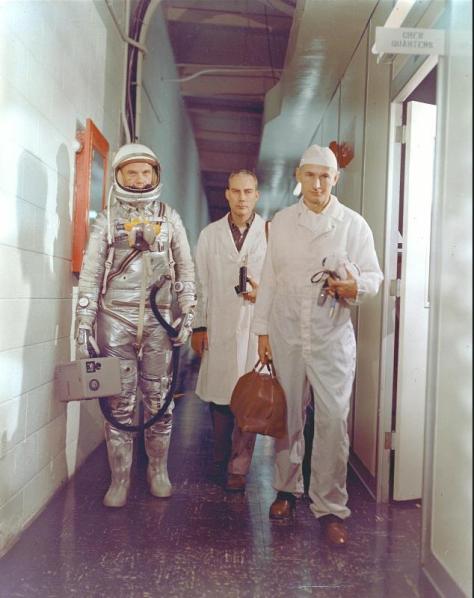
Explorer 12: Reaping the harvest
Here's the good news: I've said before that the most exciting thing about a satellite is not its fiery launch but the heap of data it returns. That's where the taxpayer gets one's money's worth and where the scientist sees the payoff. Explorer 12 was the latest in the series of probes (starting with America's first, Explorer 1) sent into orbit to probe the hellish fields of charged particles that circle the Earth. The spacecraft is still up there, though it went silent in December. However, in its four months of life, it learned a great deal about the furthest reaches of our planet's influence.
For one, Explorer 12 found that the outer of the two "Van Allen" belts around our planet is made mostly of protons rather than electrons (though there are still plenty of the latter — enough to make hanging around a dangerous proposition for astronauts). Those protons, particularly the less energetic ones, have been linked to solar magnetic storms, which result in spectacular auroras on Earth.
Perhaps even more interesting is that the probe found the edge of the Earth's magnetosphere. "What's that?" you ask. Well, our planet is a giant magnet, probably the result of a dense iron core that spins deep inside the Earth. These magnetic lines of force extend far beyond the Earth's crust and 70,000 kilometers into space where they trap the wind of high energy particles from our sun. This keeps them from scouring away our atmosphere.
Where our magnetic field meets the field carried on the solar wind, called the magnetopause, there is an area of turbulence and disorganized magnetism. It is now believed that the sun's wind smashes against the Earth's field, creating a bow shock – the kind you'd see when a blunt body is smacked by a supersonic gas. Moreover, the Outer Van Belt "breathes" inward and outward, responding to waves in the solar wind.
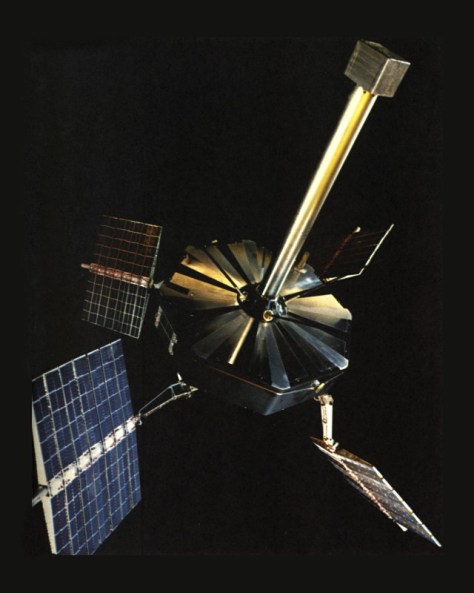
And speaking of magnetic fields, NASA scientists just released findings from the intentionally short-lived Explorer 10 found a magnetic "shadow" behind the Earth. Specifically, the solar wind seems to hit our planet's magnetosphere and deflect around the Earth, but the magnetic field acts as kind of an umbrella, shielding a large portion of near-Earth space.
The general contours of Earth's magnetic environment have thus been mapped. Neat stuff, eh?
